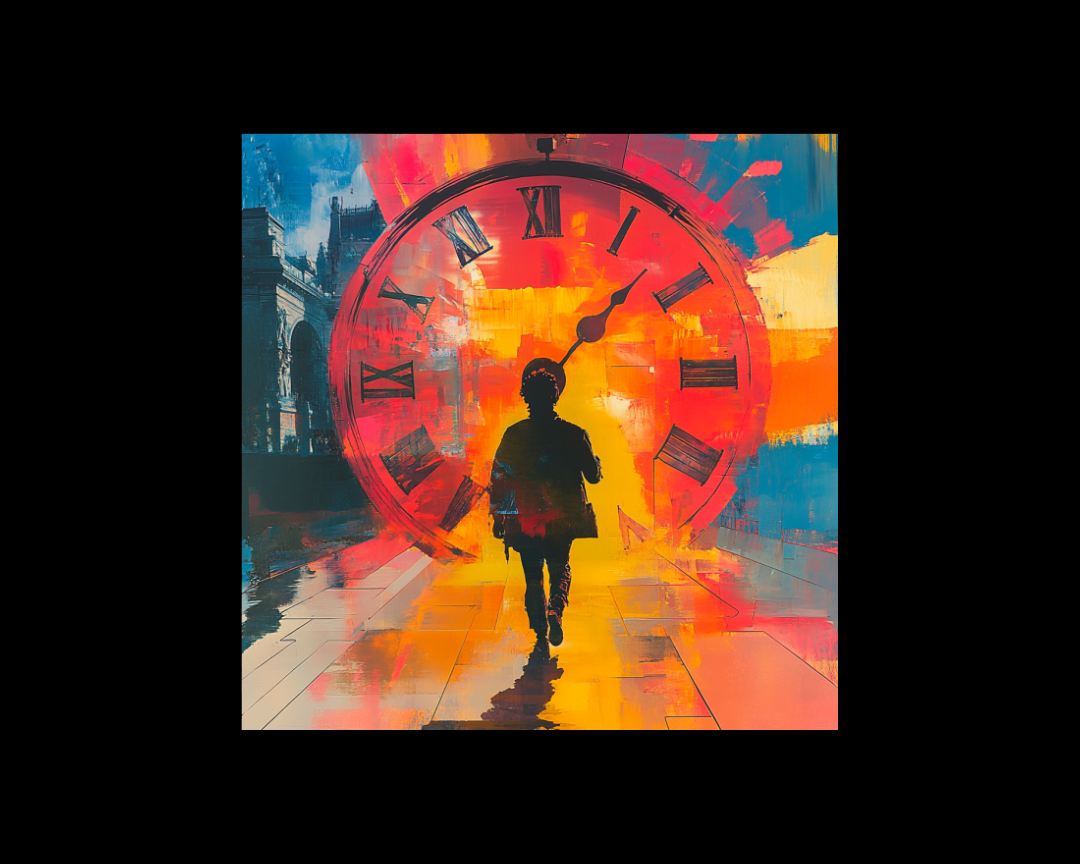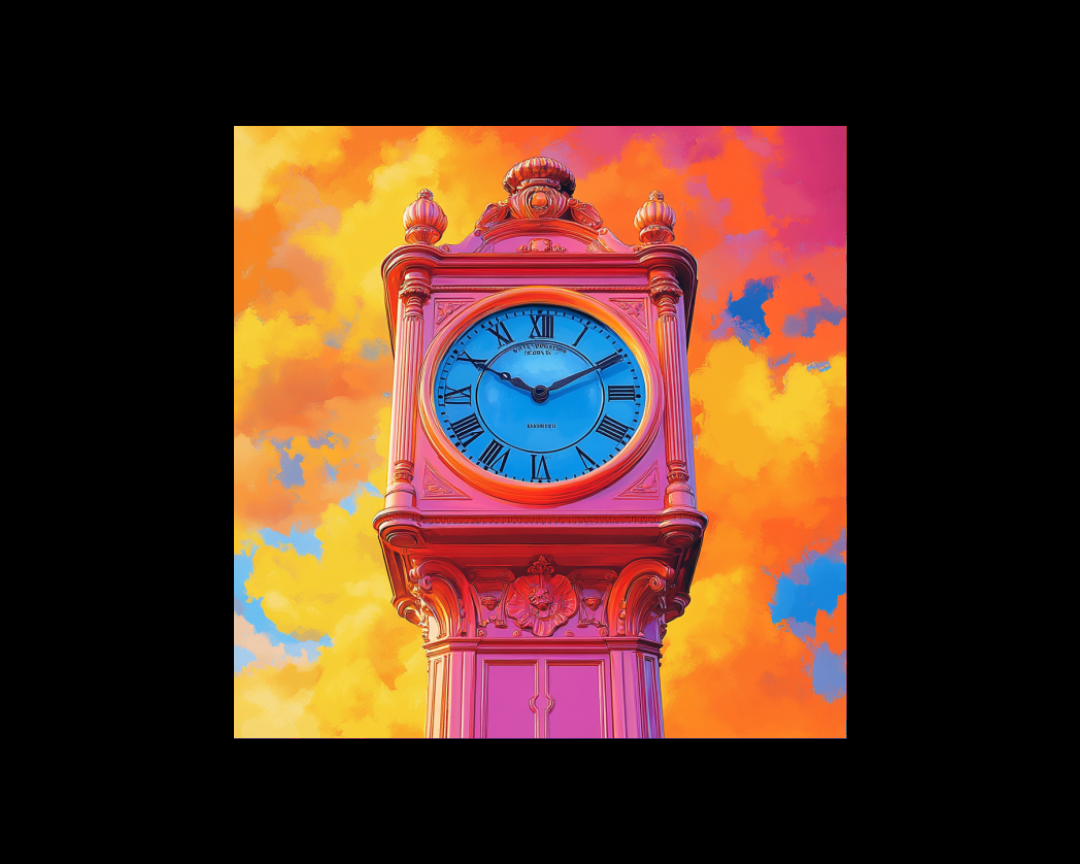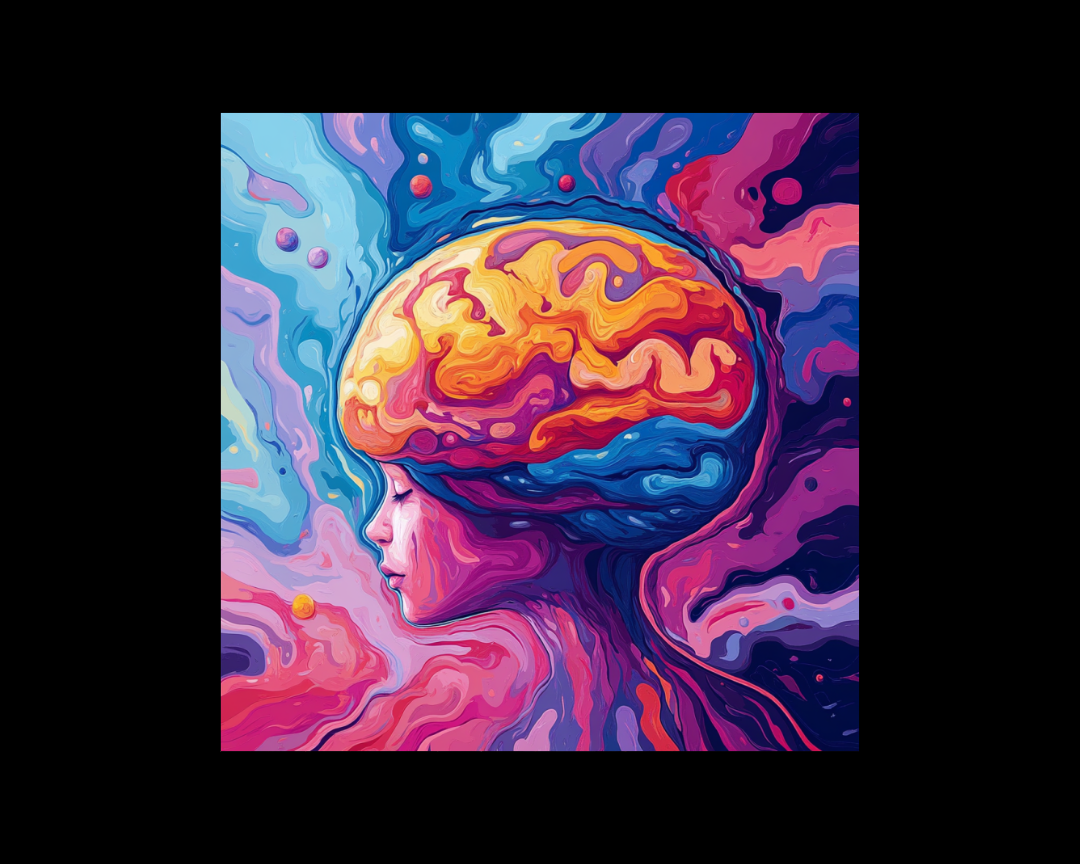Kick-off Events
In writing fiction, or even performance art, it's essential to understand the role of a kick-off event – that opening scene that sets the stage for...
2 min read
 Writing Team
:
Oct 15, 2024 3:32:41 PM
Writing Team
:
Oct 15, 2024 3:32:41 PM

In the vast landscape of literary techniques, monologue fiction stands out as a unique and powerful form of storytelling. This article explores the art of crafting entire narratives through a single character's uninterrupted speech, examining its challenges, benefits, and impact on both writers and readers.
Monologue fiction, also known as dramatic monologue in literature, is a form of narrative where the entire story is told through the voice of a single character. Unlike traditional narratives with multiple characters and dialogue, monologue fiction presents a soliloquy—an extended speech by one character, often revealing their thoughts, feelings, and motivations.
Monologue fiction offers writers a unique canvas to explore character depth, narrative voice, and the intricacies of human thought. While challenging to execute, when done well, it can create an intimacy between reader and character that few other forms can match. By studying both classic and contemporary examples, writers can learn to harness the power of the soliloquy to create compelling, immersive stories that resonate long after the last word is read.
.png)
In writing fiction, or even performance art, it's essential to understand the role of a kick-off event – that opening scene that sets the stage for...

Reverse chronology—often referred to as "untelling"—is a narrative technique where events unfold backward in time, challenging traditional...

We often think we know a place until we walk it at 3 AM, or during a thunderstorm, or in the company of someone who sees ghosts on every corner. Guy...